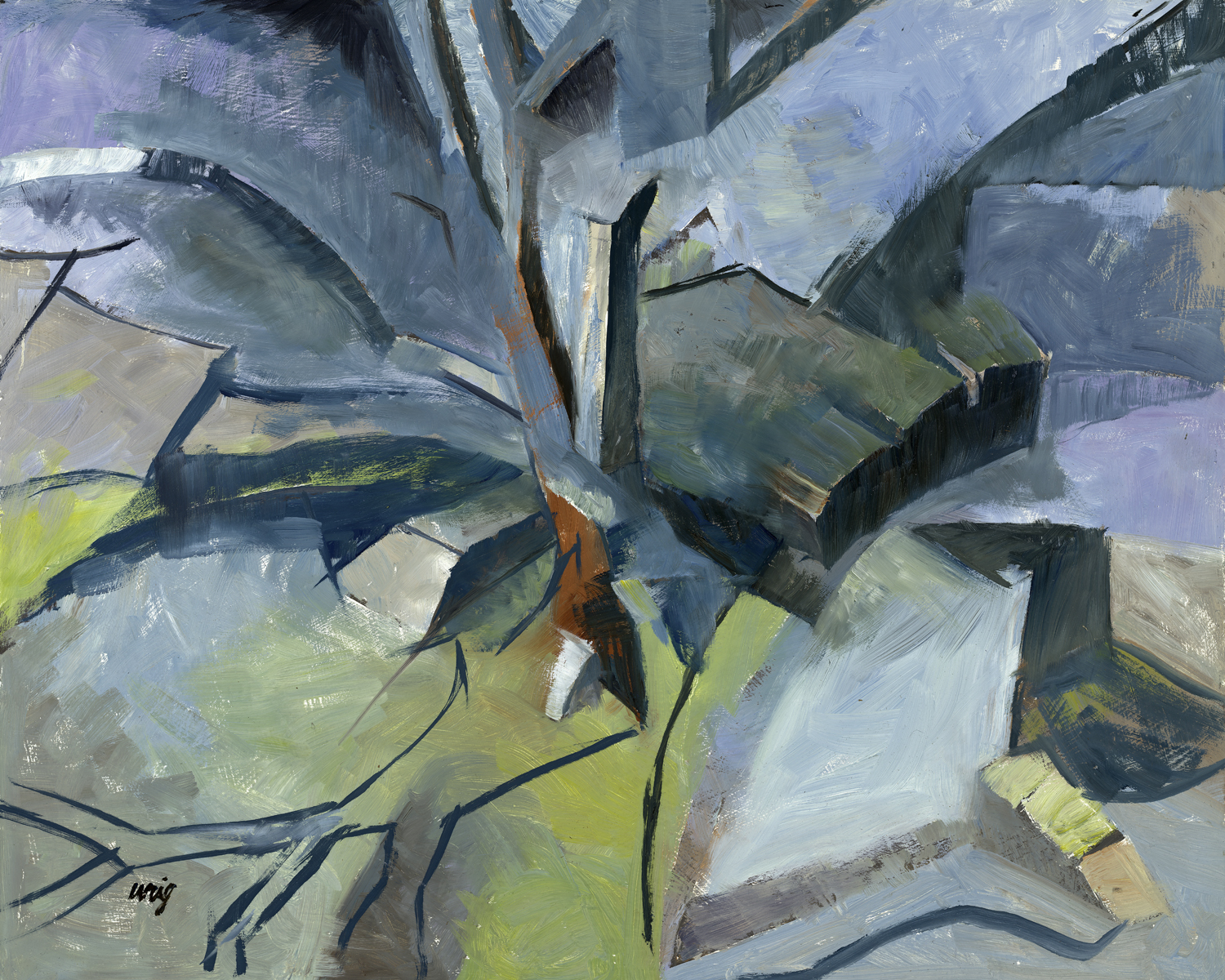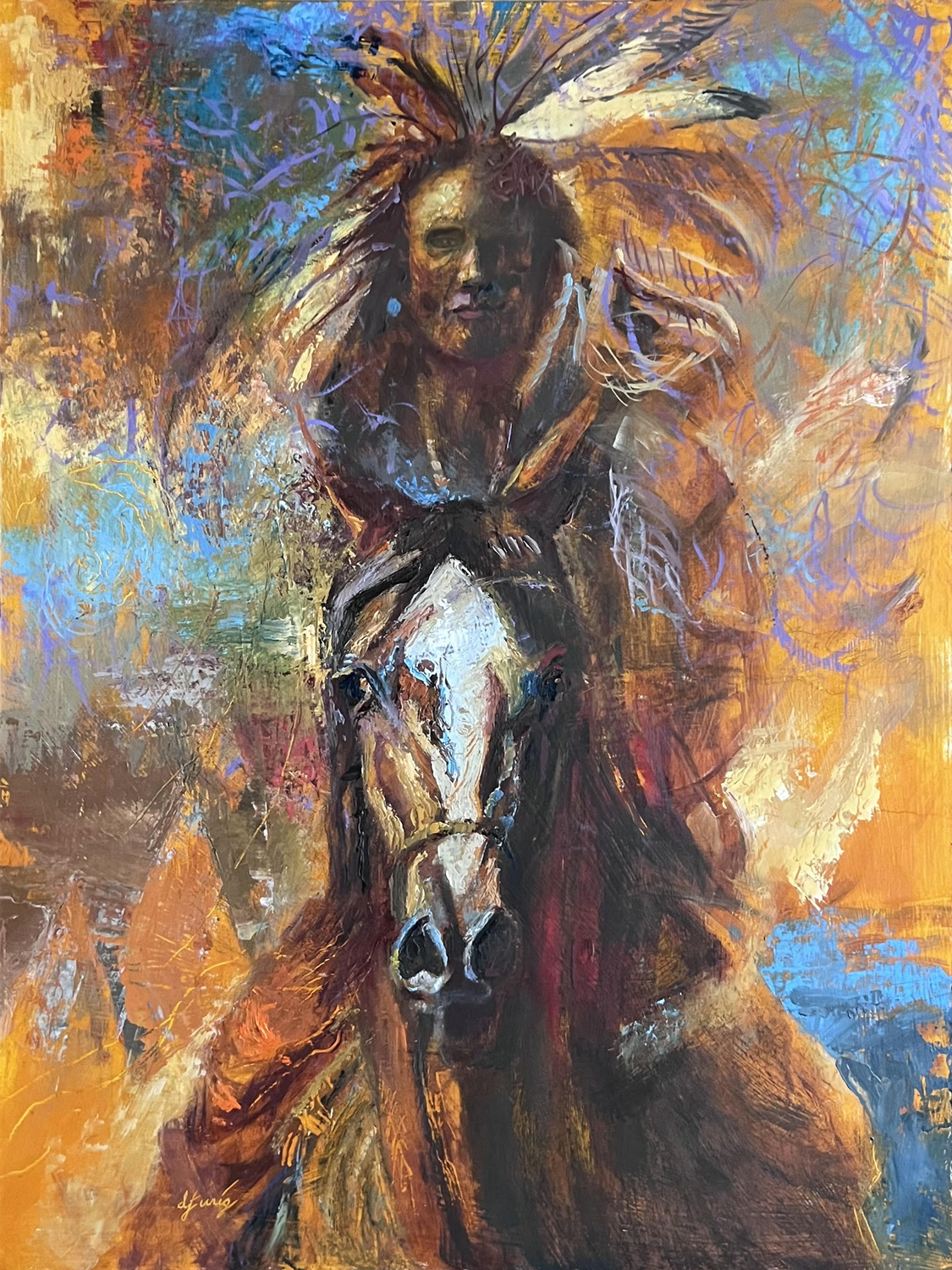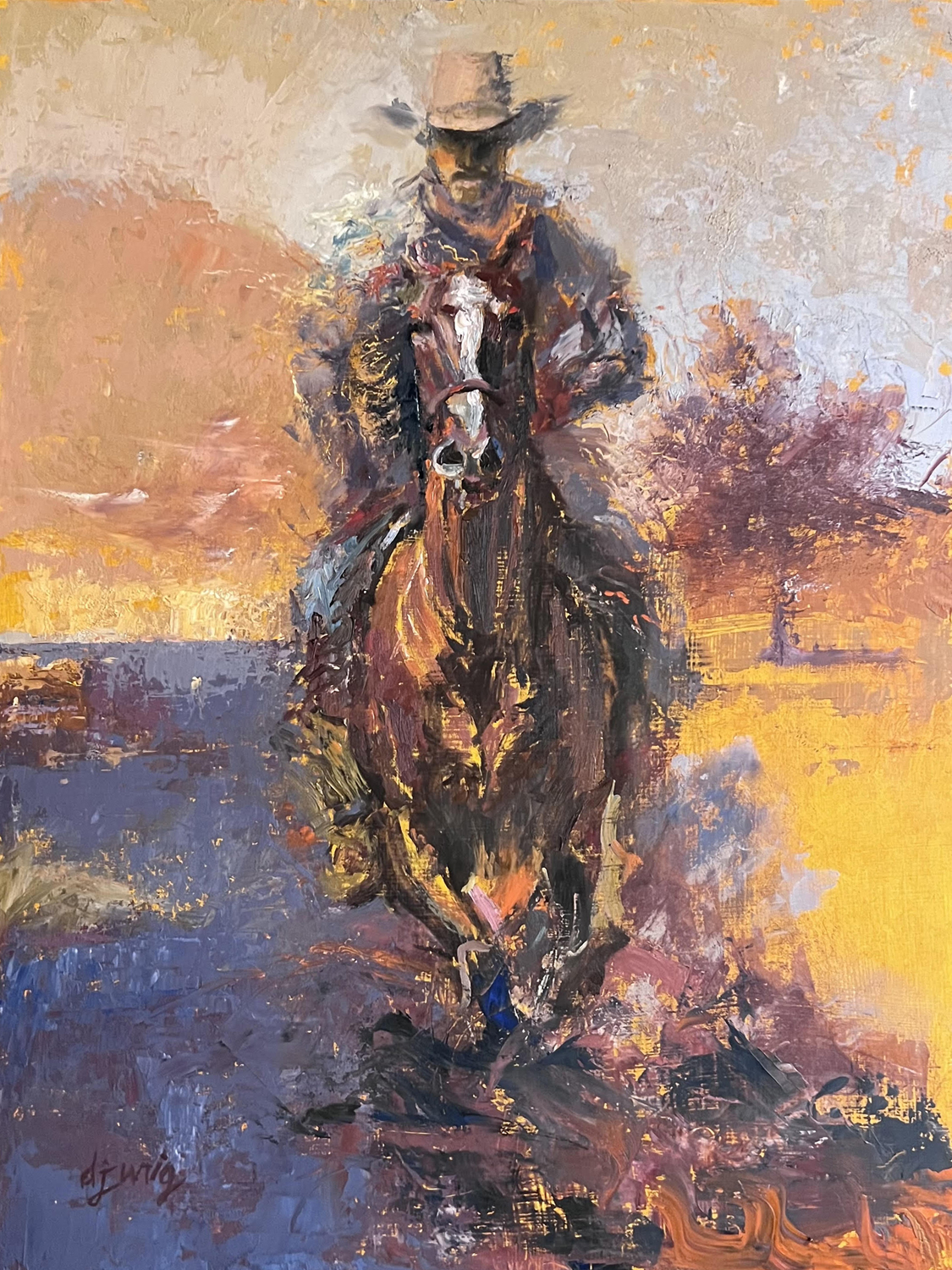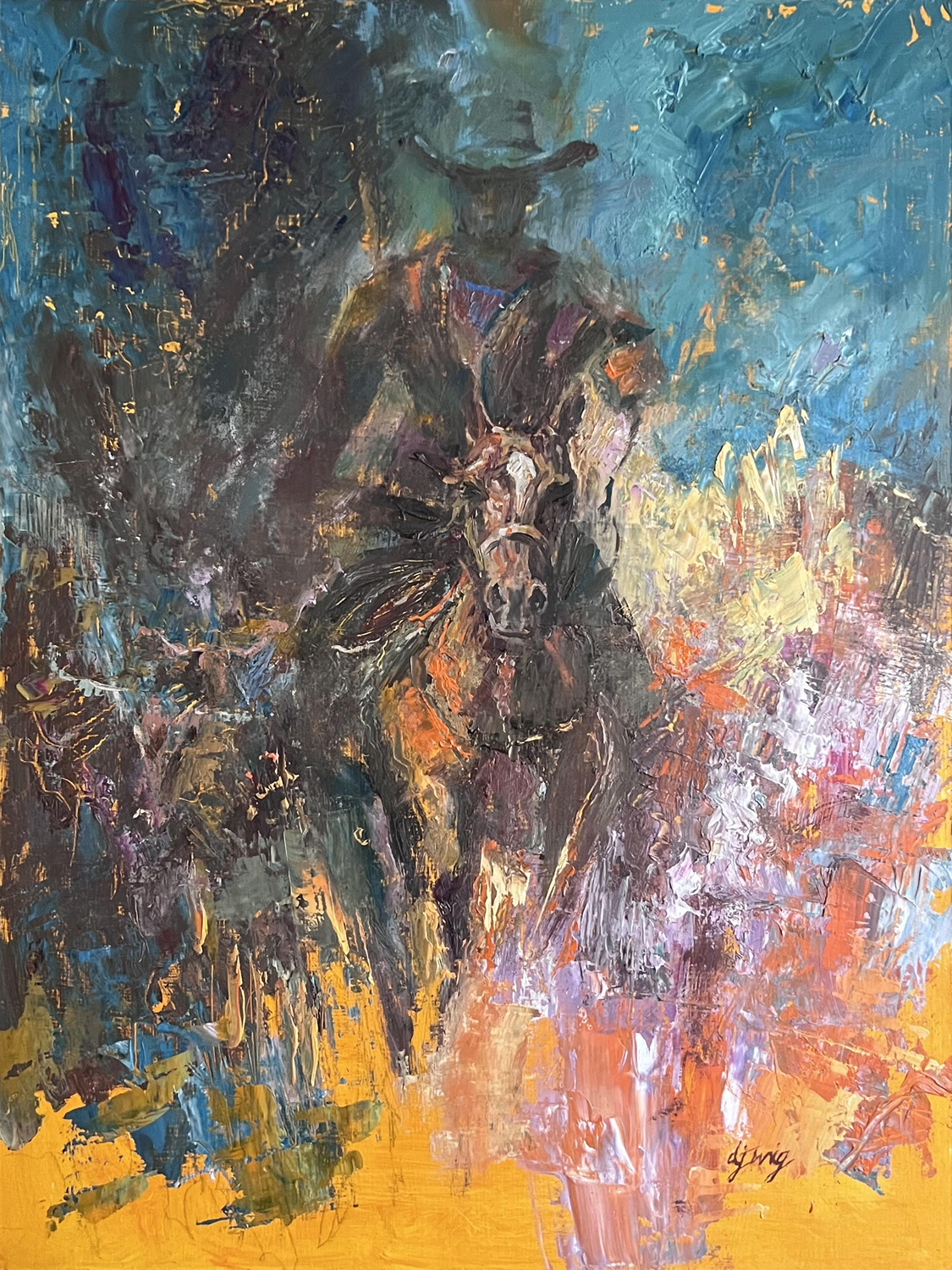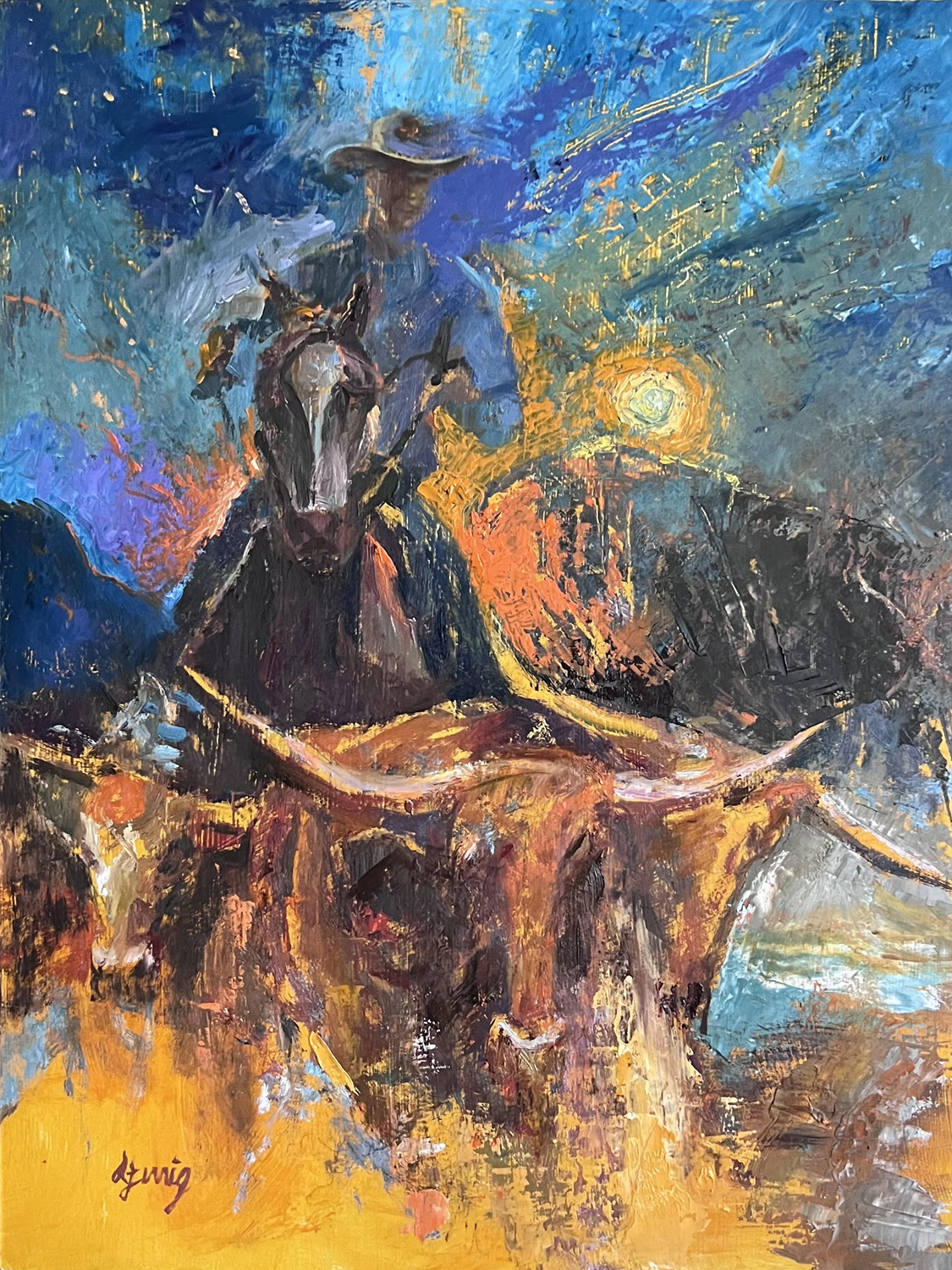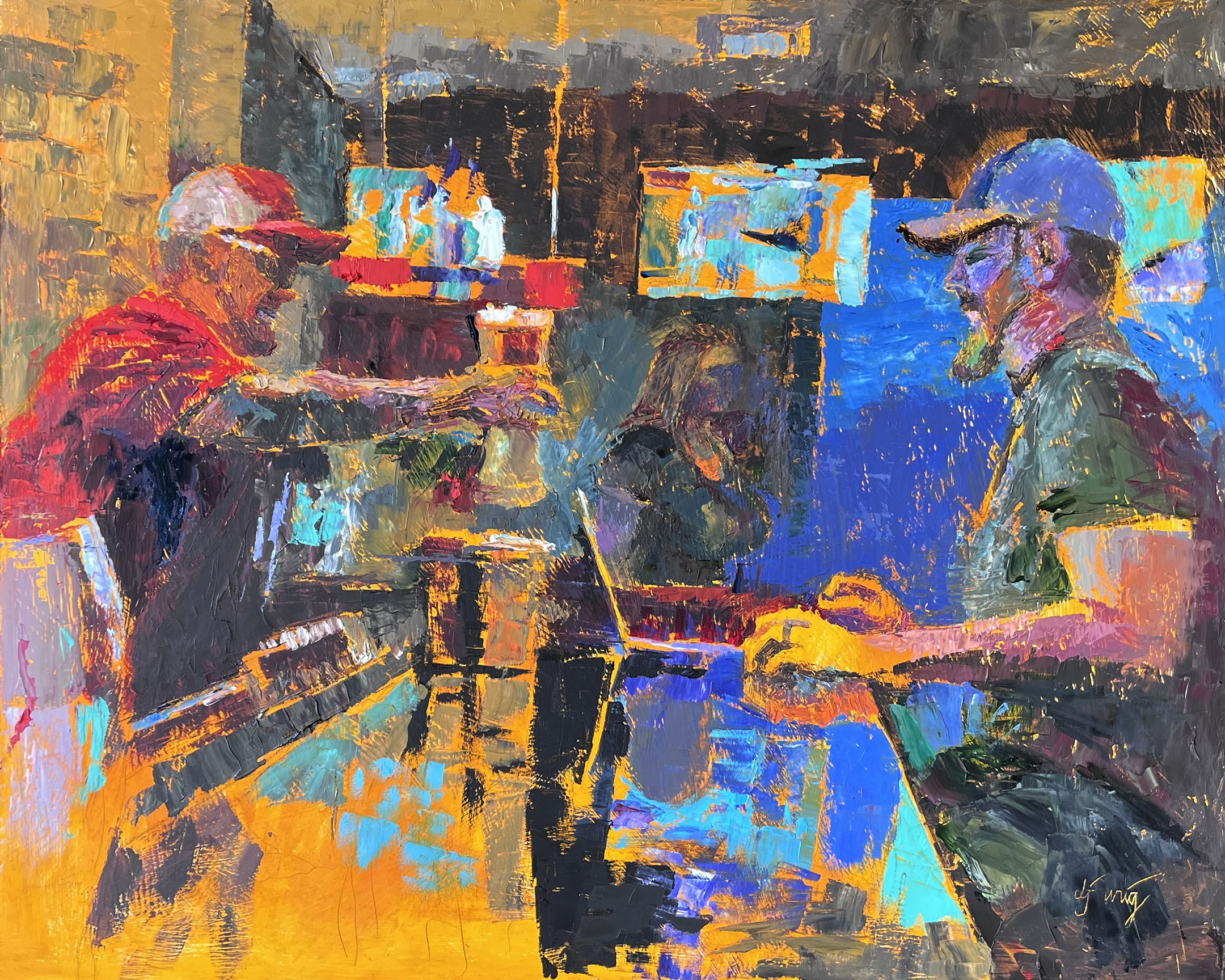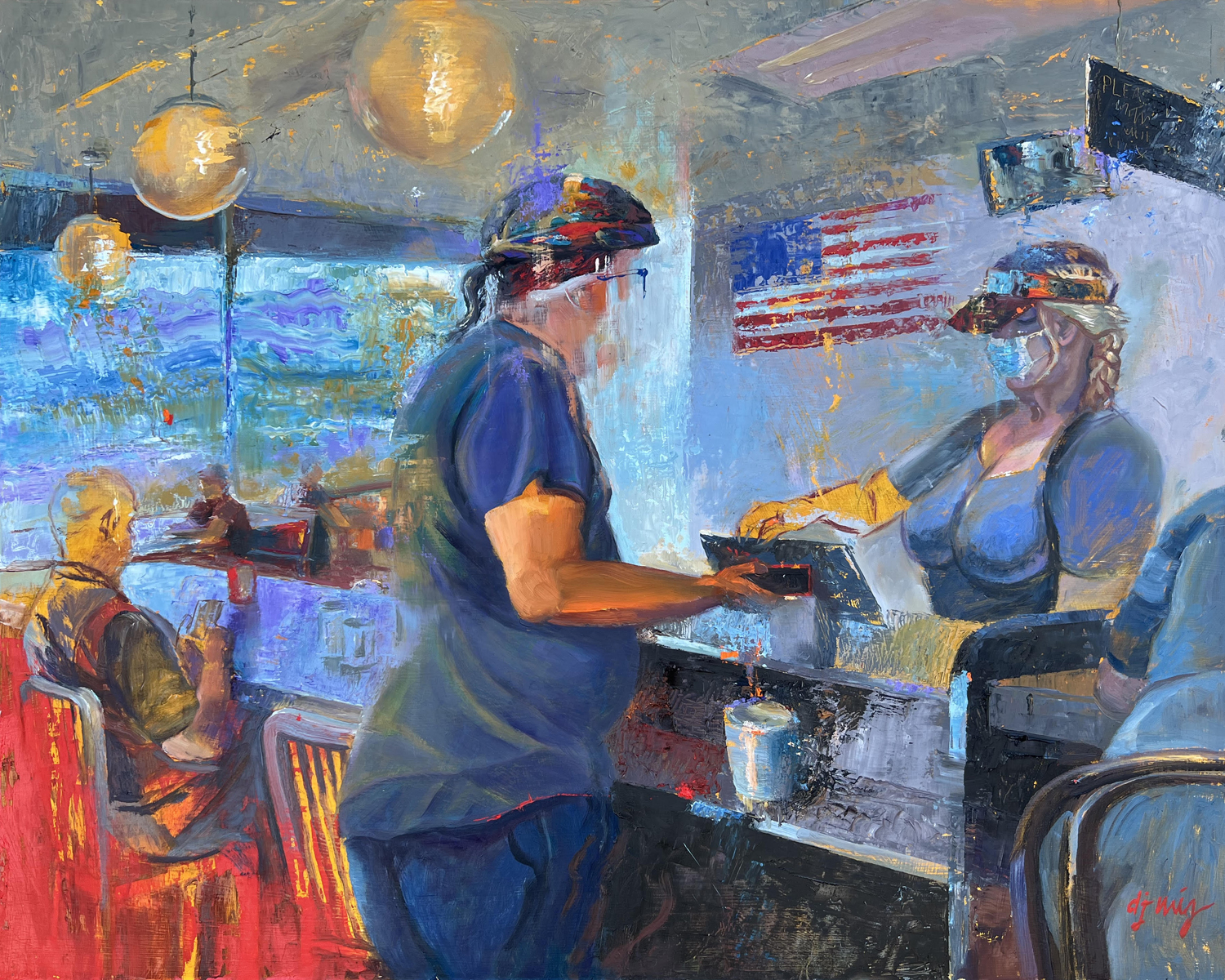
Don’t rush into a painting, but first take time to think about your painting before diving in. A painting should be like a gourmet meal, says Richard Schmid, you would not just gobble it down. Savor your time.
Below is taken from his book: Alla Prima: Everything I Know About Painting by Richard Schmid
If you are happy with your subject and there are no mysteries about it remaining in your mind, do a simple analysis of what is in front of you. It is not enough to see what color eyes the model has and then start. Before you begin any painting, have a clear grasp of the distribution of light on the subject. Notice its overall direction (that’s easy), and its temperature, which is sometimes not so easy. Start by asking yourself critical questions such as the following:
1. Which side of the subject is lightest or darkest? This may seem simple, but in landscape painting, it is not always obvious.
2. Is the light clear and sharp or diffused? Are there strong cast shadows or are the darks softly modeled? Look at the edges of the shadows for that, bright light by itself will not necessarily produce hard edges. Is there any strong reflected light bouncing around?
3. Where are the lightest light areas, the darkest darks, the sharpest edges, the completely “lost” edges? This is particularly important in establishing the range of values and edges in a painting.
4. How warm or cool is the light? Are the shadows warmer or cooler than the light areas on the subject?
5. Where are the most powerful colors? What are they?
6. Is there an obvious color harmony in the subject as a whole, or is the harmony subtle, as in daylight? Is the harmony created by the light amplified by related local colors in the subject? (This happens with snow and water and fields of grass.)
7. What sort of technique do you envision? How do you want to put your paint on? Are you going to use a broken color rendering, or strong fluid brushwork, or something else? Do you intend a thickly painted rendering or thin? Where are you going to shovel the paint on, and where do you want to keep it thin?
8. Where are the strong simple areas, and where do you have to be especially careful?
9. Are there any drawing problems? Is there foreshortening to contend with? Are there perspective distortions, or areas of ambiguity or confusion? Is there anything in the subject that would look weird if painted?
10. Is there good light on your canvas? Is the light going to change?
11.Are you going to have a problem with glare on your canvas? If so, how are you going to deal with it?
12. Is the subject going to change? What are you going to do about that?
13.Lastly (as if all of that weren’t enough), consider how much of what you are looking at you really need to paint, or want to paint, or have time to paint.
The actual business of painting unfolds as a stroke-by-stroke process, and every work demands countless unpredictable decisions made along the way. Nevertheless, and like it or not, all of those transient decisions will be governed by the few crucial choices and observations made at the start. There really aren’t that many, and with experience and discipline you will be able to take them all in with a few quick glances. It will become second nature to you-like checking to see if your more vital buttons are buttoned before you go out. After all, you can’t stand around talking to yourself all day, there is a painting to be done!

